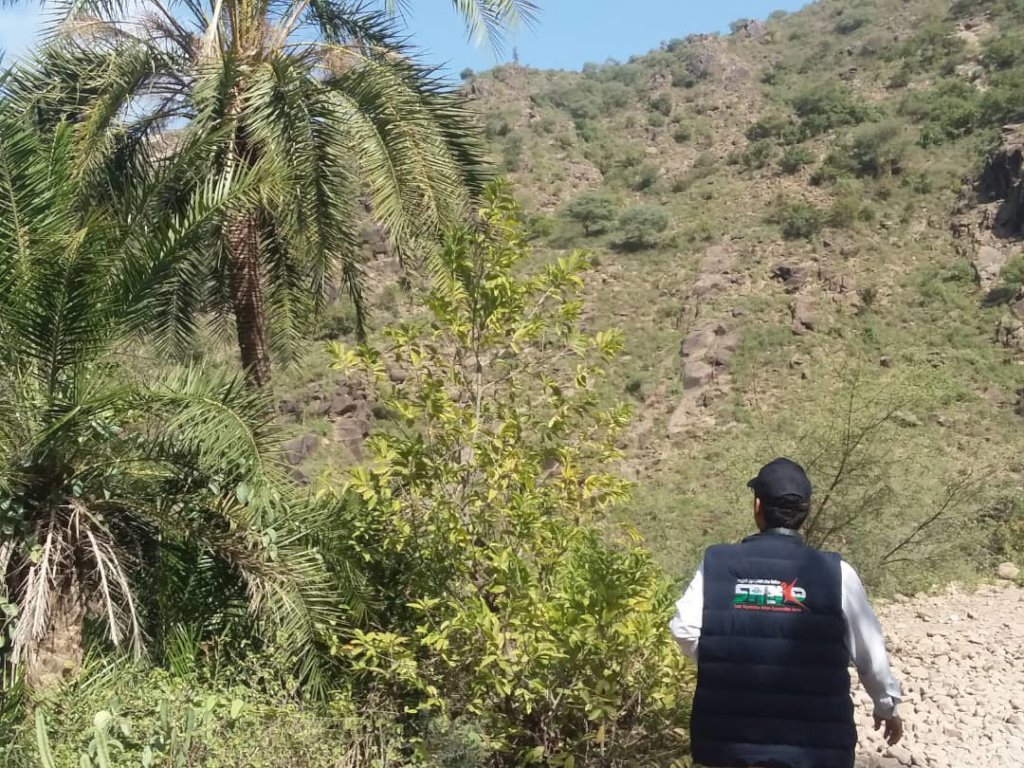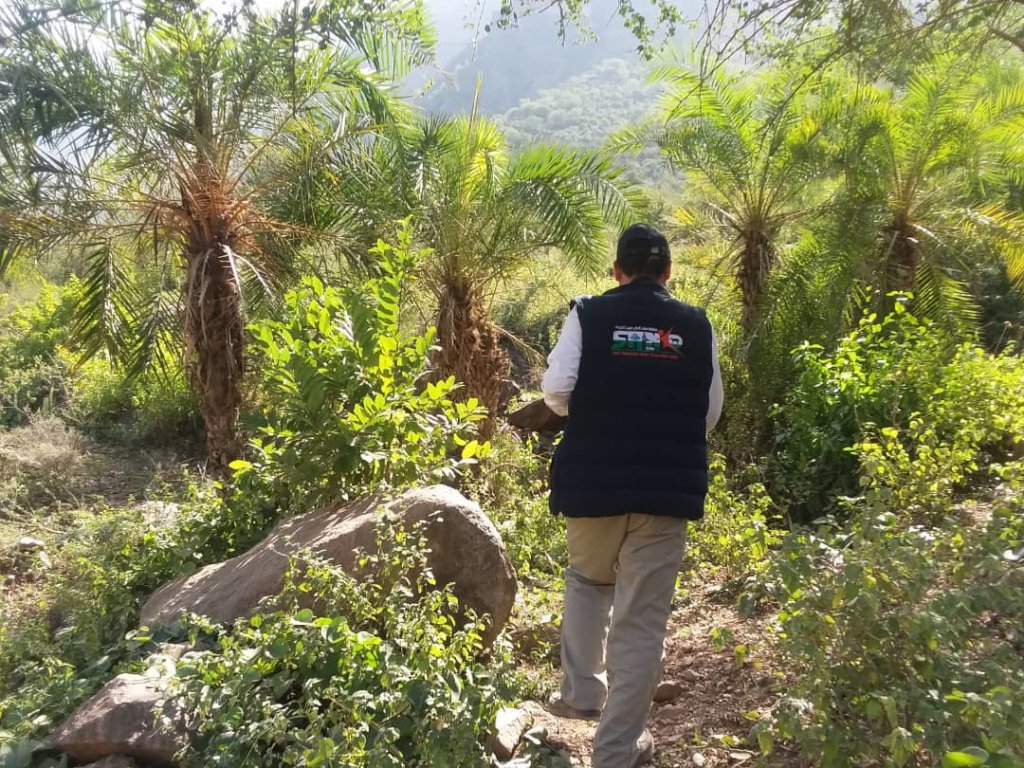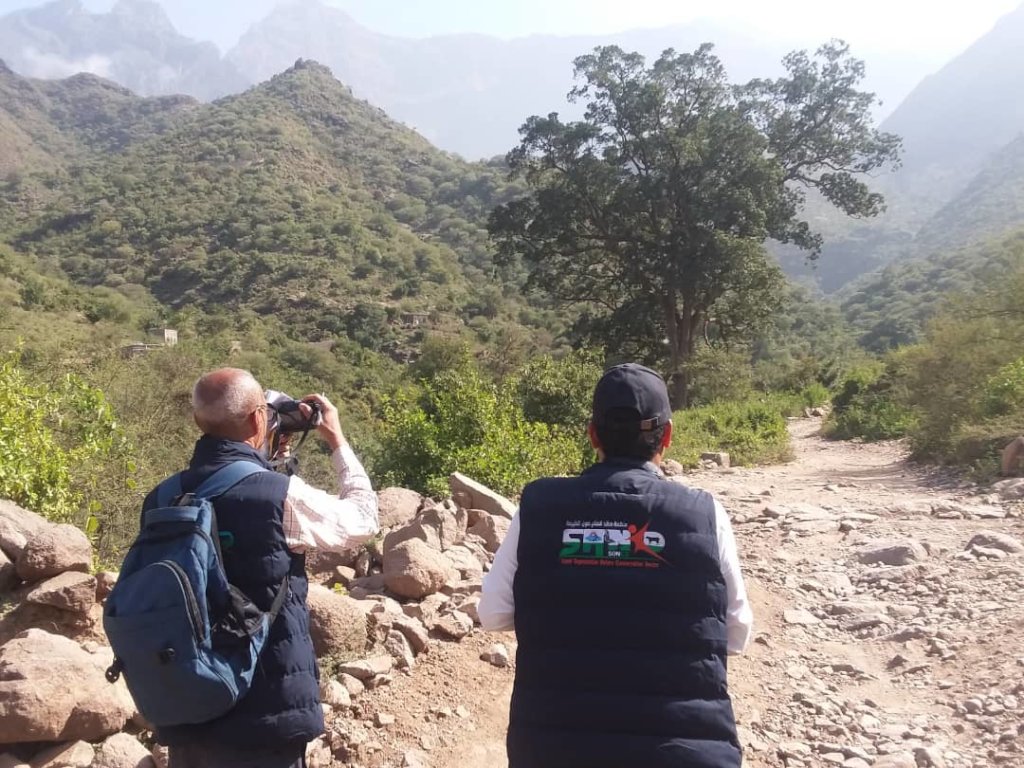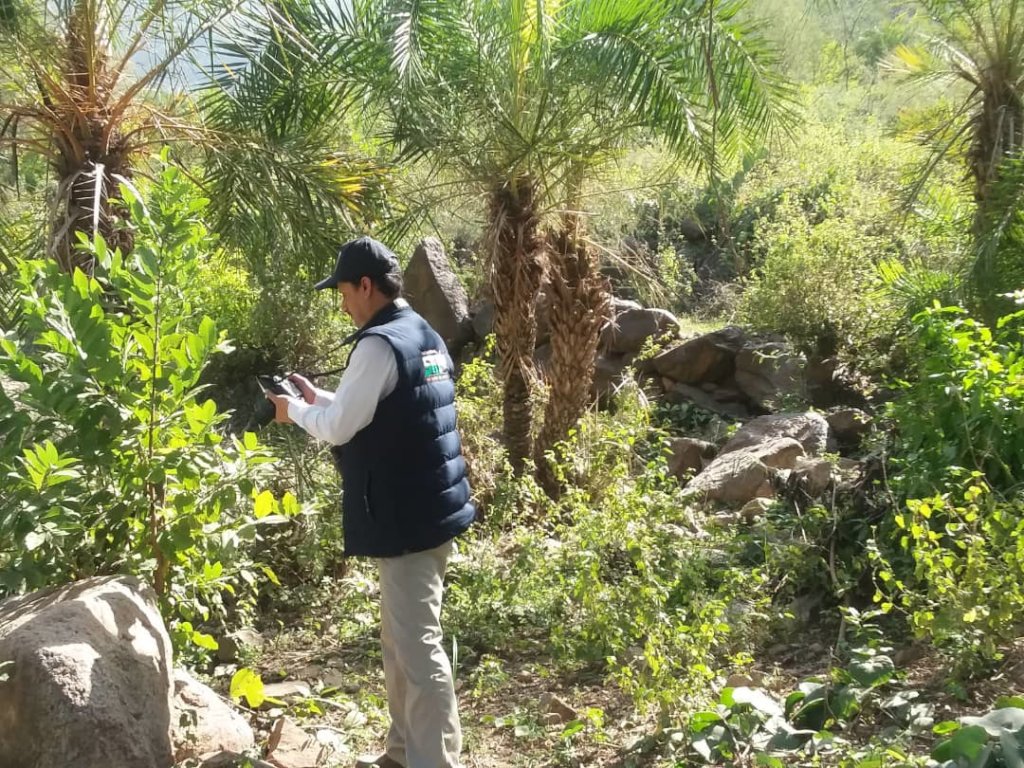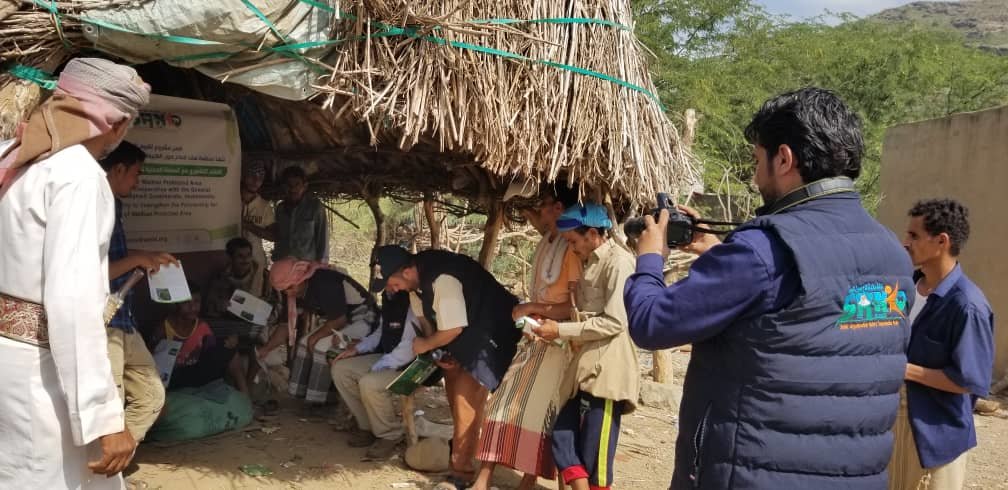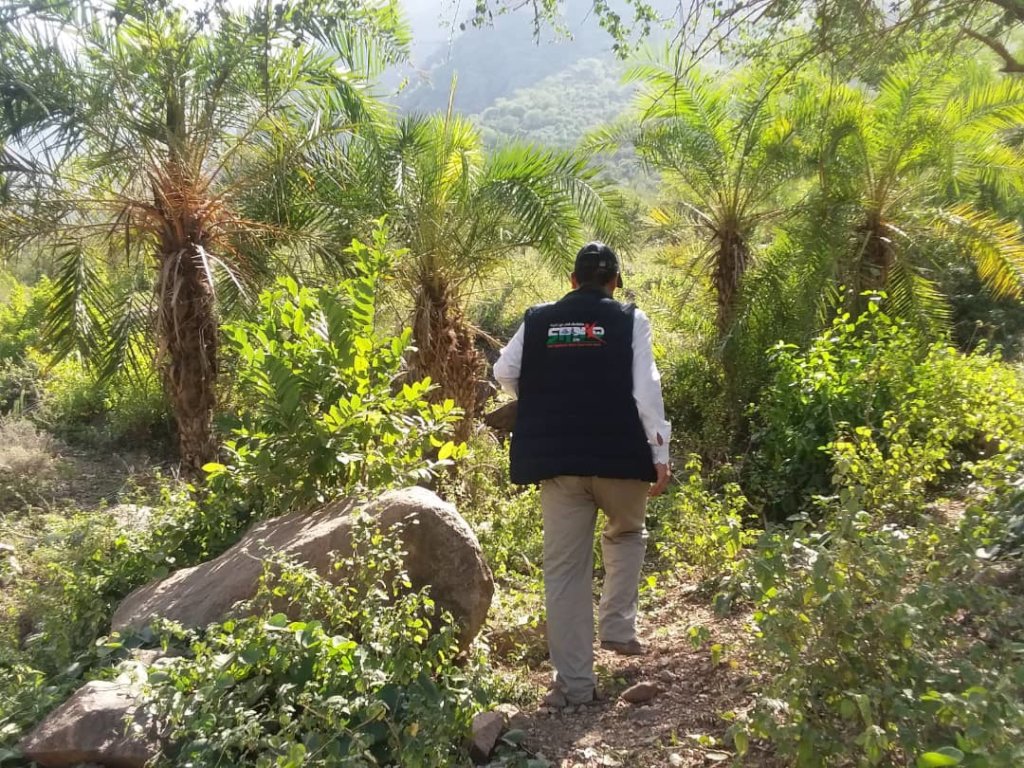By Mohammed Abuhyder | Project Leader
Study and Evaluation of the Case of the Protected Natural Area of Malhan in Al Mahwit Governorate
A team from Sanid Organization - Nature Conservation Sector (SONCS) headed by the sector director, and with the participation of specialists from the relevant government agency (the Public Authority for Environmental Protection), conducted a study to assess the status of the Natural protected area of Malhan in Al Mahwit Governorate. The team studied the situation of plants, wild animal species, birds, reptiles and insects, and studied the social situation of the local community, as well as evaluating the natural resources in the reserve and studying the effectiveness of the management of the reserve. The study was also accompanied by an environmental awareness campaign for the local population and the local authority during the period from January 1-8, 2021. The team has produced a scientific report that contains many information, findings, recommendations, and documentation for most parts of the reserve, as well as animal and plant species.
Malhan Reserve is located in Al Mahwit Governorate and is distinguished as one of the few sites that still maintains the density of its natural vegetation cover, which depends on the fungal and animal life (mammals - reptiles - and insects). Malhan is a fortified mountain in the west of Al-Mahwit governorate, overlooking the city of Al-Mahjam from Tihama, and perpendicularly to Mount Hafash from the west, and it is known in the past as Rishan. In terms of coordinates, it is located between the following two lines:
00 17 43N 30 7 15E
3017 43N 0024 15E
Its Topographic:
Geological studies indicated that Malhan is a wide, high rocky area that consists of mountain ranges and rocky plateaus of a number of high mountains. It consists of limestone, basaltic, gorse, and basal rocks. It goes back to the middle geological time and other geological times older than that time. Small drainage basins and deep and wide waterways were formed between these mountains, plateaus and valleys, formed by the flowing waters of those high mountains that were formed as a result of the separation of the Arabian Peninsula from the continent of Africa during the period between (15 - 45 million years) approx. Since the modern quadruple geological time, alluvial sediments have been formed suitable for the establishment of agricultural fields, whose cultivation has exploited some of the cereal and fruit crops that depend on monsoon rains and torrents. Its low-lying environment consists
of base rocks and sediments from the middle decades. As for the highlands and foothills, they consist of metamorphic volcanic rocks, metamorphic sedimentary rocks, with interferences of granitic rocks, gravel and igneous rocks dating back to the Triple and Quaternary eras. Its plains are formed in sediments.
Its soil:
The soils of the Malhan Nature Reserve are sedimentary soils made of rocks of different sizes, clay and other materials that collect from the heights of mountains and highlands in the form of sediments. The depth of the soil varies from one place to another, and it usually does not exceed (40) cm depending on the location and the slope. Inside the forest, it is formed from forest soil resulting from the remnants of vegetation, and it consists of two types: black and sand forests. These factors do not help to preserve and store water, but rather help the flow of surface water towards the sea, as it increases the water erosion in the upper regions.
Its climate:
The reserve is dominated by mountain and plain climate. In the mountainous regions, the climate is moderate in summer and cold in winter, while the plain areas prevail with a hot summer and moderate winter climate. Heavy rains fall in the summer and abound in the mountainous areas, and it is limited and rare in the winter.
Its distinguished geographical location, which is located along the eastern coast of the Red Sea and at an altitude ranging between (400-1700) meters above sea level, added two types of climates, a "humid" tropical climate in the lower regions and a moderate rainy climate in the upper mountainous regions. Rainfall ranges between (150 - 600 mm) with clouds and fog forming almost in most days of the year, which gives the area high humidity that had a prominent effect on the region’s abundance with the biodiversity of plants and other organisms.
Human activities:
The population exists in the form of rural groups scattered along the valley and they live in stone buildings and depend for their livelihood on the first main activity. Agriculture is practiced by most of the population along the lands adjacent to the valley where it is cultivated with grain crops (white, red), sesame, mango. Agriculture depends on monsoon rains and valley water for irrigation. This activity is followed by livestock. The population is interested in raising goats, sheep, cows, a little camel and poultry, in addition to raising bees.
Tourist elements of the Malhan Nature Reserve:
The reserve is rich in many tourist potentials due to the diversity of its climate and topography that any visitor or tourist can see while he is in Malhan Reserve. This is exemplified by its beautiful landscapes, rock formations, wildlife, bird watching, and enjoying the fresh air, in addition to getting acquainted with its historical features. It is also a suitable environment for scientists and scholars to conduct studies and scientific research.
The natural importance of Malhan Reserve:
The multiple benefits of the reserve:
First, the economic benefits:
- (Wood production - charcoal production - fiber and paper production - seed and fruit production - honey and medicine production - animal products - soil fertility improvement - perfume production - and others)
Second, social and tourism benefits:
- Employment of manpower.
- Encouraging and strengthening internal and external social and tourism ties.
- Encouraging the cultural movement and research.
Threats to biodiversity in the reserve:
- Expansion of agricultural areas at the expense of forest lands.
- The proliferation of invasive trees such as red prickly pears and Seul trees.
- Excessive cutting of trees for the purpose of (logging - building houses - charcoal production - making agricultural tools and furniture - making bee homes).
- Overgrazing and unregulated herds of goats and camels in particular.
Project reports on GlobalGiving are posted directly to globalgiving.org by Project Leaders as they are completed, generally every 3-4 months. To protect the integrity of these documents, GlobalGiving does not alter them; therefore you may find some language or formatting issues.
If you donate to this project or have donated to this project, you can receive an email when this project posts a report. You can also subscribe for reports without donating.
Support this important cause by creating a personalized fundraising page.
Start a Fundraiser